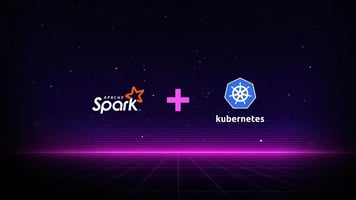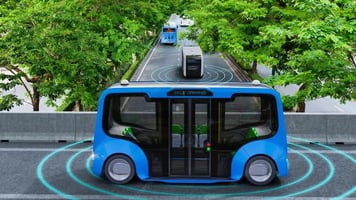Edge AI and Fyrefuse for automated data analytics
As customers spend more time on their devices and with the explosive growth of Internet of Things (IoT) applications, businesses increasingly realize the need to find new ways to address the problem of data computation in the network. Here Edge AI comes into play by combining edge computing and AI.
Many devices are being connected to the Internet, generating massive amounts of data at the edge level. As a result, the collection of large volumes of data in cloud data centers incurs high latency and bandwidth usage.
Companies need urgent solutions to push the frontiers of artificial intelligence (AI) to the network edge to fully reveal the potential of Big Data.
What is Edge AI?
Edge AI refers to the use of Machine Learning and Artificial Intelligence directly on edge devices. This form of local computing knocks off the network delay for data transfer as everything happens on the edge device itself.
According to Gartner, 91% of today’s data is processed in centralized data centers. But by 2022, about 74% of all data will need to be re-considered and pushed on edge.
Edge computing is a distributed computing paradigm that brings computation and data storage closer to the location of the device.
The idea comes from content delivery networks, and it has been subsequently expanded using virtualization to enhance architecture capabilities.
Despite companies being worried that Edge AI can replace the journey toward the cloud, the reality is that these two paradigms are designed to work together.
While Big Data will always be operated on the cloud, instant data generated by the users’ devices can be immediately computed on the edge.
Leveraging Fyrefuse and Edge AI
Our team has implemented different use cases leveraging Edge AI for asset monitoring, computer vision, and AIOps and carbon footprint prediction.
- Using data connected coming from virtually any data source, it’s possible to diagnose asset conditions, suggest maintenance intervention to improve performance and reduce downtime costs.
- In the field of computer vision, Edge AI can be applied to traffic monitoring to analyze drivers’ habits and driving behavior. In this way, management companies can generate real-time predictions of infrastructure needs and address traffic smartly and effectively.
- AIOps can be combined with Edge AI for an automated event and workload management, and thus to optimize performances. If you’re interested in AIOps use cases, take a look at our recent blog post.
- Finally, Edge AI can help monitor CO2 emissions to predict future emissions based on time series usage data. Carbon footprint is a concept used to quantify the impact of an activity, a person, or a country on climate change. If you’re interested in discovering how our team has developed a B2B2C use case aimed at leveraging data center service providers’ climate sustainability, take a look at this article.

As machine learning and artificial intelligence develop, many innovative solutions will now extend to edge devices as well. Power your data-driven projects with simple reliable data ingestions through reusable pipelines that will deliver your data in both batches and streams. Connect to any technology, leverage code-free native jobs, or reuse your own code in any programming language to start using your data in minutes with Fyrefuse.
Benefits of Fyrefuse and Edge AI
REAL-TIME DECISION MAKING
According to most surveys, the main reason for tasks to be executed on the edge is the latency to improve real-time decision-making. As distributed services expand, latency concerns grow as well when sending data across networks and devices. The physical proximity of edge devices to the data sources makes it possible to achieve lower latency to improve data processing performance.
DIGITAL TWINS FOR ADVANCED ANALYTICS
Digital twins use a plethora of data for real-time and remote management of devices in the field. With Edge AI, only a significantly lower amount of pre-processed data is sent to the cloud. By reducing the traffic amount across the connection between a small cell and the core network, the system can achieve low computational costs for advanced analytics.
EDGE INFERENCE AND TRAINING
Model training and inference now can take place directly on Edge devices. Edge devices can start training their models so no data should be computed on the cloud, meaning that tons of data can stay on the original devices without privacy risks.
Conclusion
Stakeholders of data-driven companies understand the strong potential of the new Edge AI economy. Most of the concepts stemming from the Big Data and the cloud computing worlds can be readily applied in the Edge AI approach.
Fyrefuse can help your team to be successful in the Edge AI economy by building the backbone for the next-generation AI-enabled applications and devices that make full use of the tools available within the AI and machine learning ecosystem.
.png?height=200&name=Untitled%20presentation%20(2).png)
.webp?height=200&name=img-01%20(2).webp)







